PIVOT
- a pin, point, or short shaft on the end of which something rests and turns, or upon and about which something rotates or oscillates.
- the end of a shaft or arbor, resting and turning in a bearing.
- any thing or person on which something or someone functions or depends vitally.
- the person in a line, as of troops on parade, whom the others use asa point about which to wheel or manoeuvre.
- a whirling about on one foot.
Pivoting is what I did after realising the initial concept of Wabi Sabi didn’t quite fit what I was trying to express. I went back to Bukit Merah, looking for the elusive mood and spirit to capture through my lenses.
I wanted something contrasting to the norm of the everyday life in Singapore; capturing an unseen side of the Red Hill. The recurring theme came to me as I as shooting.
- Night photography brings out the character of the place, often revealing the places that might have looked nondescript in the day, but come to life at night. And I don’t just mean shady places. :/
- Zines are often straightforward in their message, going straight into content without much hesitation.
- Nothing seems as straightforward as color in photography as it brings out both character and contrast.
I set out believing there was more to Bukit Merah than its sterling sterility. I was not disappointed. Presenting to you Round 2 of Bukit Merah…
Taken outside a row of shophouse pubs at Tanjong Pagar, I love the neon flood that bathed the walls with an unearthly luminescence.
One of the aforementioned pubs was Billboard. Its blue hues caught my eyes immediately, and I waited for a car to pass before snapping the shot of the red and blue hues. Notice the man smoking at the bottom right corner? He adds focus to the picture, barely visible, but subtly drawing your eyes towards him.
A pity that there wasn’t enough detail in this photo, but if the lighting were a little brighter, I think it would have been a good picture.
The flow of the composition appeals to me. While the 2 children on the bottom right are immersed in this pet fish shop’s exotic keeps, the adults are busy negotiating, haggling, hustling.
This man was looking rather forlornly at the machines. He inadvertently posed for me, so I took this melancholic picture.
This domestic worker was talking to her (presumably) family over a public phone. I always thought nobody used these phones anymore, and this sight fascinated me. Everybody’s trying to make it, including her, scrimping on money for a phone to mail cheques back home.
The bright reds of altars attracted me, so I decided to find and angle, shoot, and see what I got. Shoot first, think later.
Shoot first, think later culminated in this picture. Ambiguous enough to be mysterious, contrasting enough to be engaging.
Further down the road, the shady alleys dominated the landscape. No light? No problem, just look for neon signs and the familiar hues of back alleys…
Vibes: “What makes a good man?” – The Heavy.
Gritty, groovy, guttural tones; the music elegantly sums out what I’m trying to capture: the gritty gut of Bukit Merah.
PIVOT












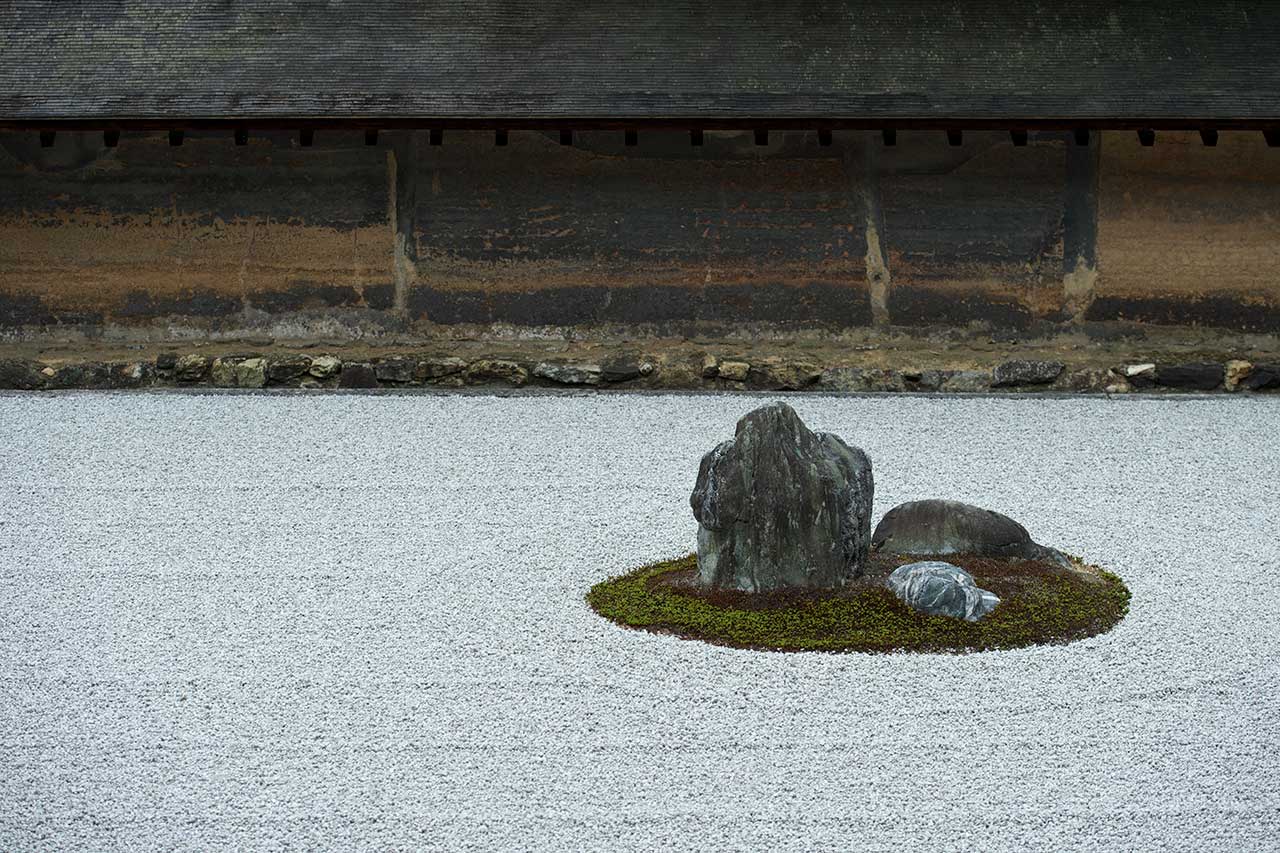
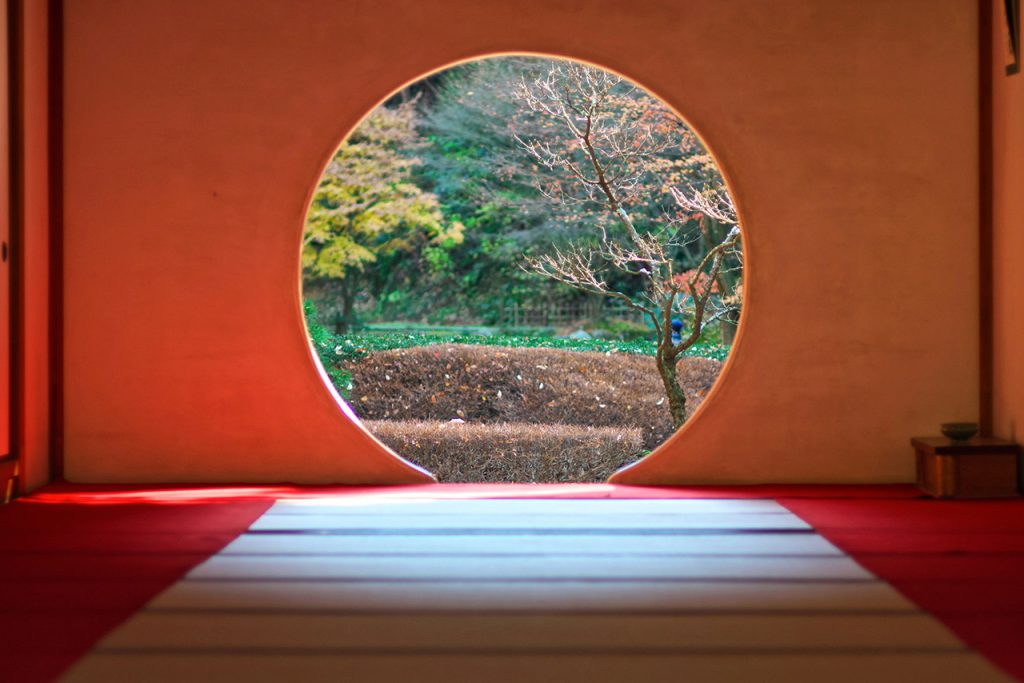



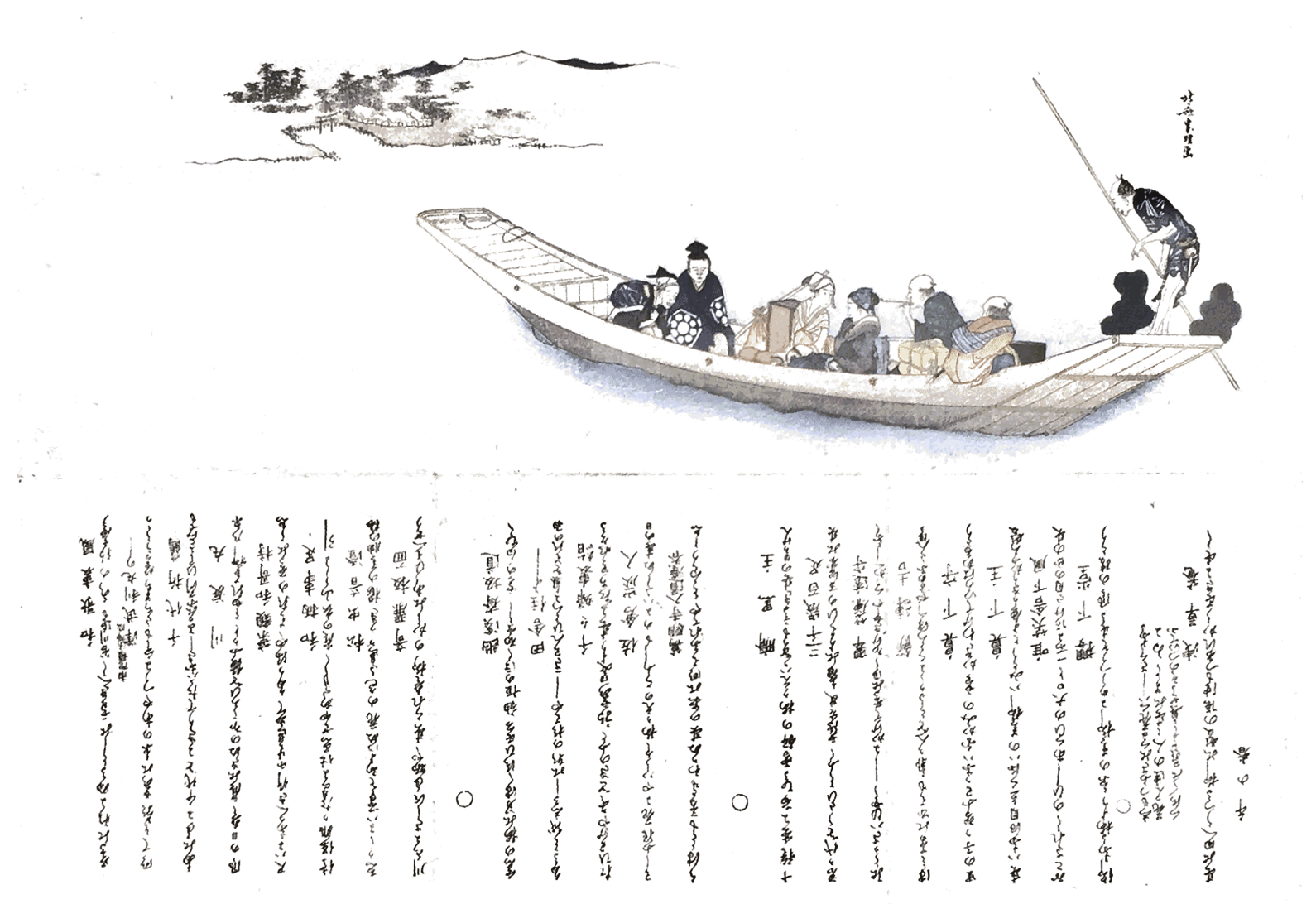
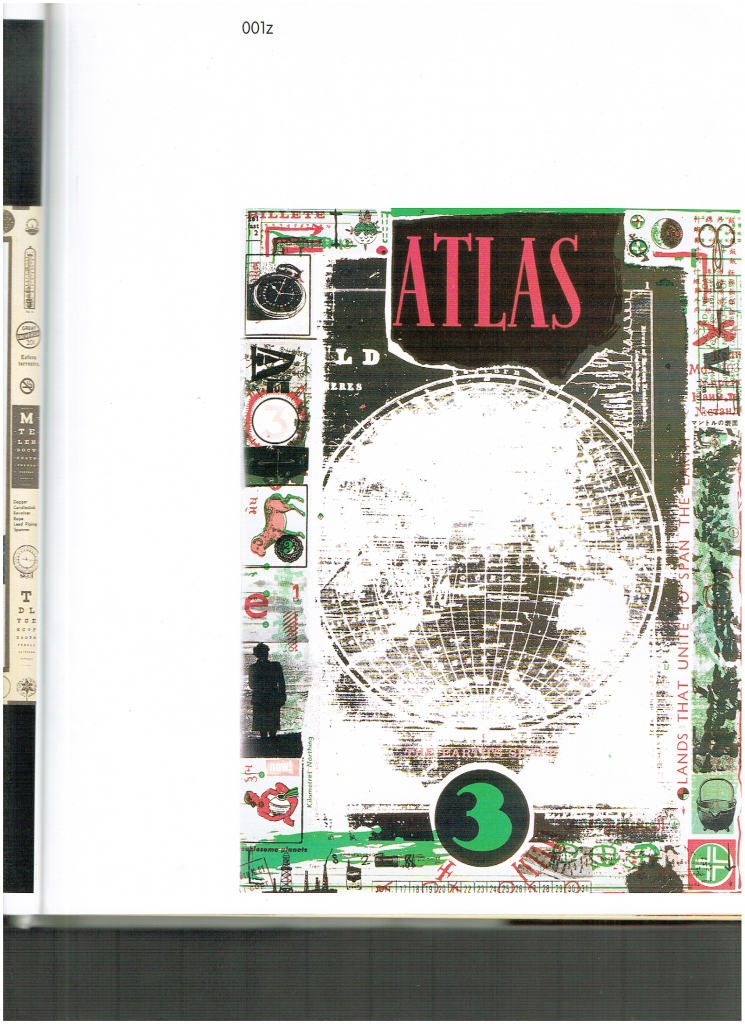
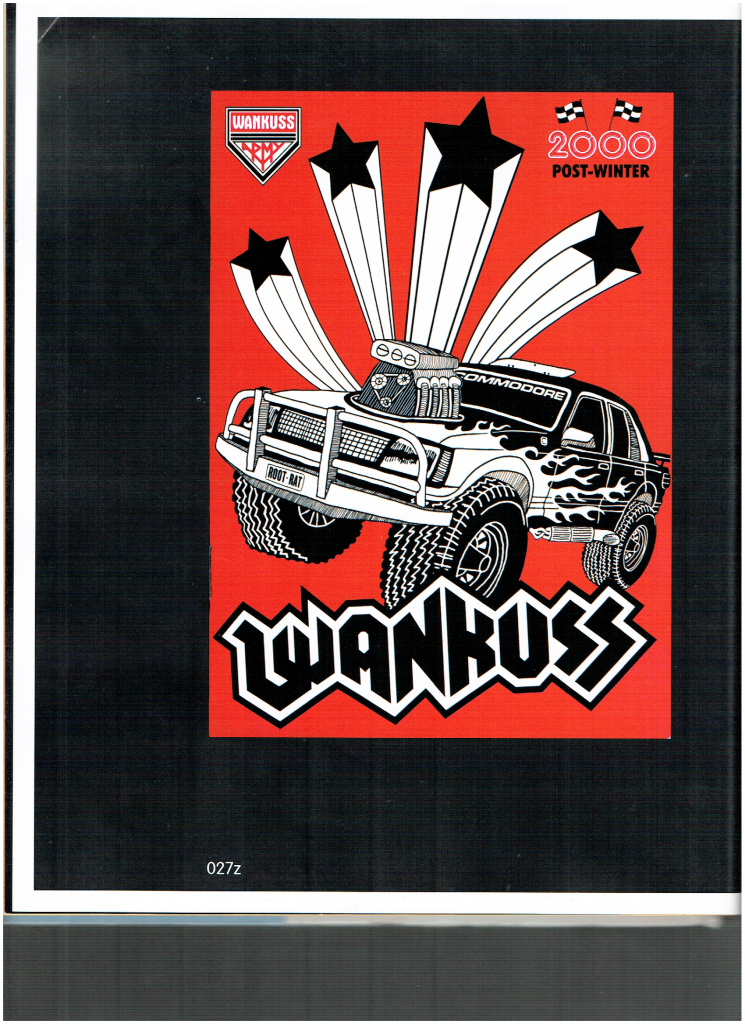
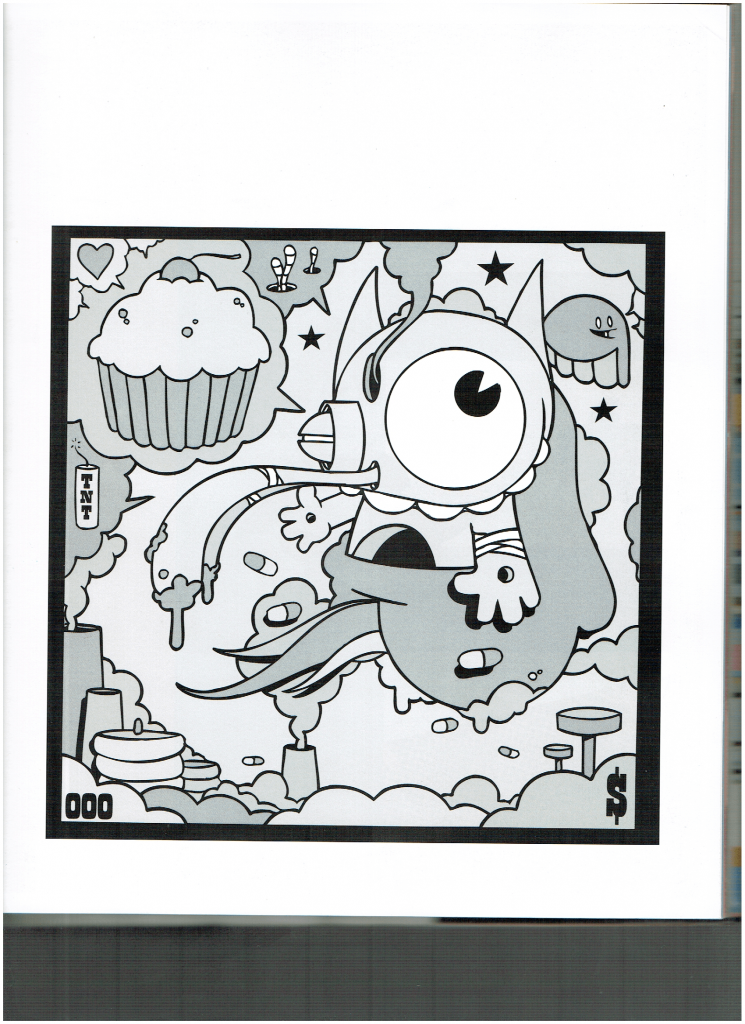
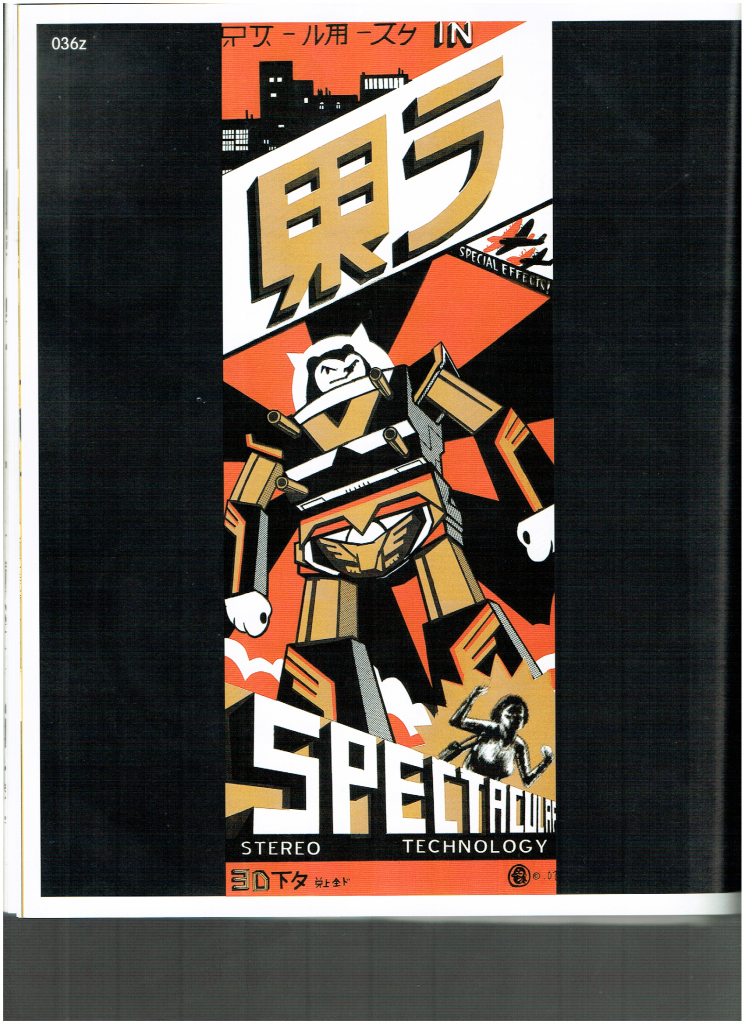
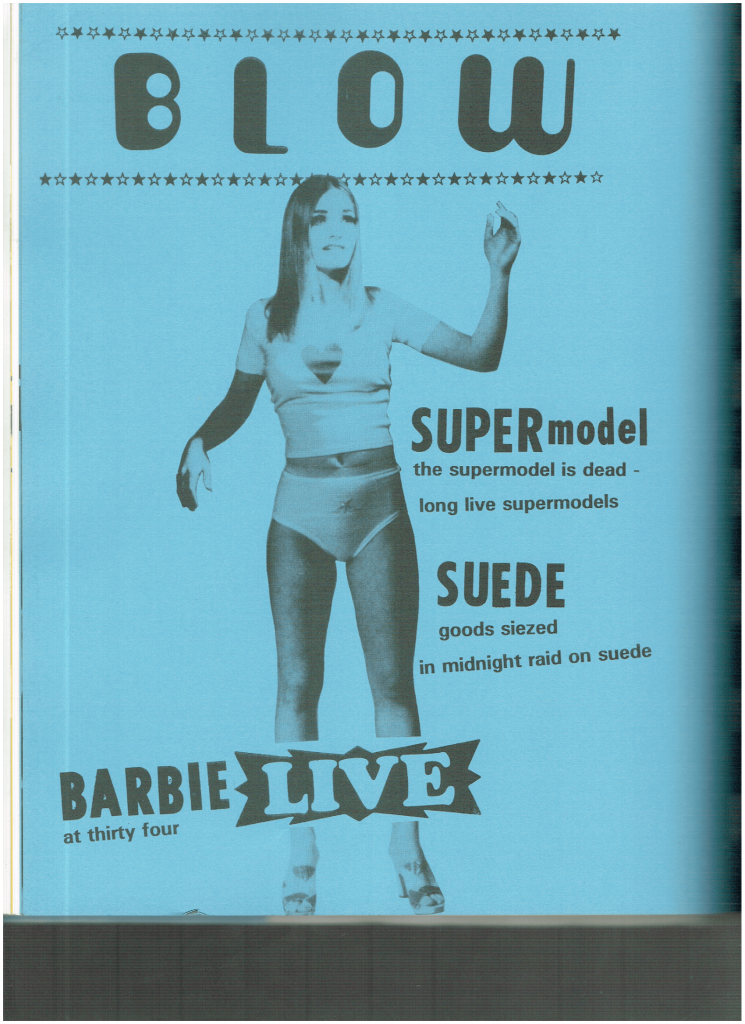
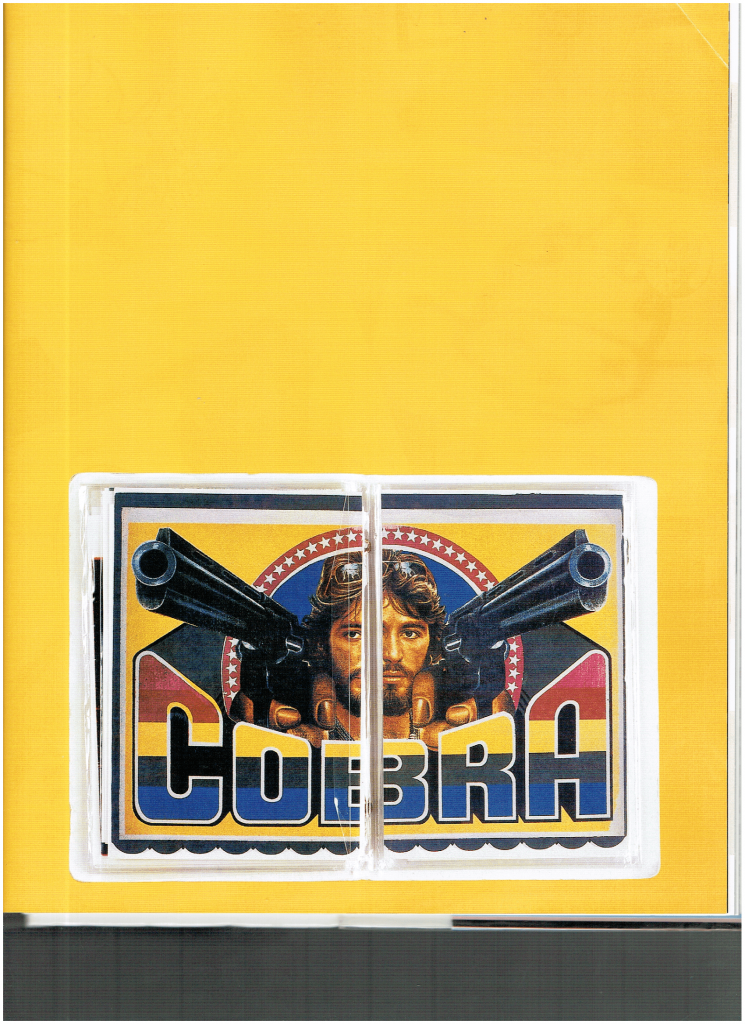
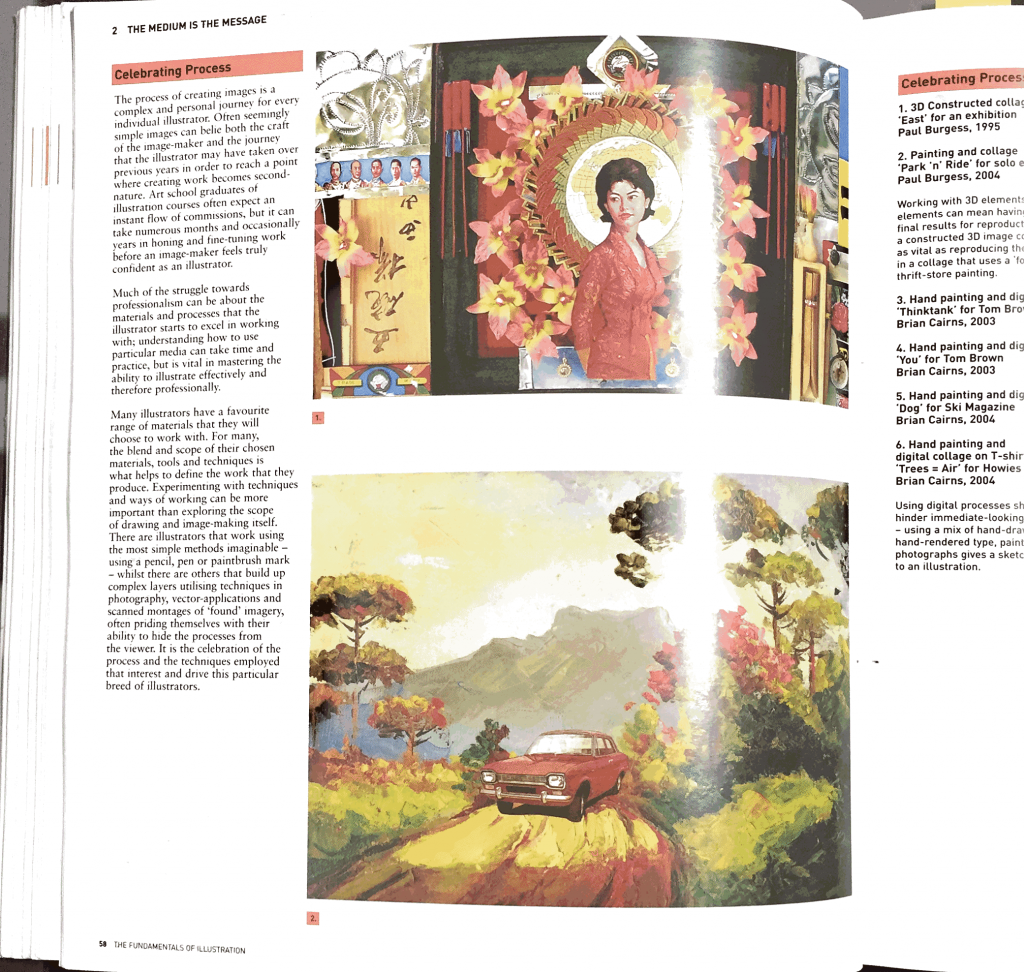
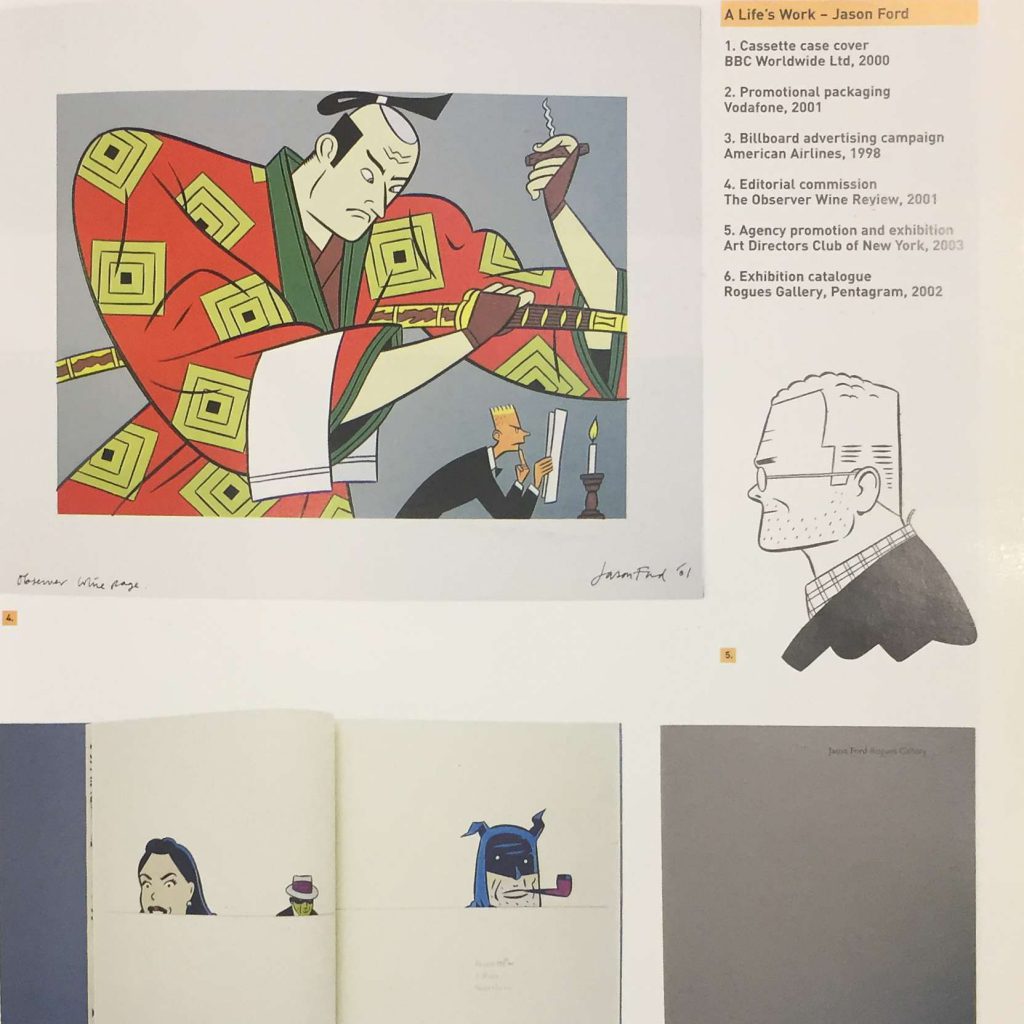
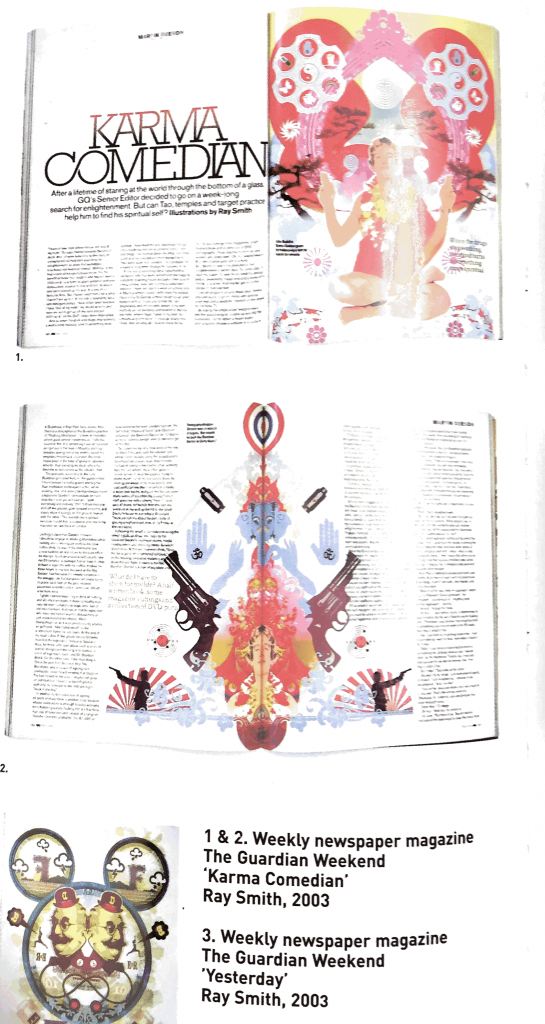
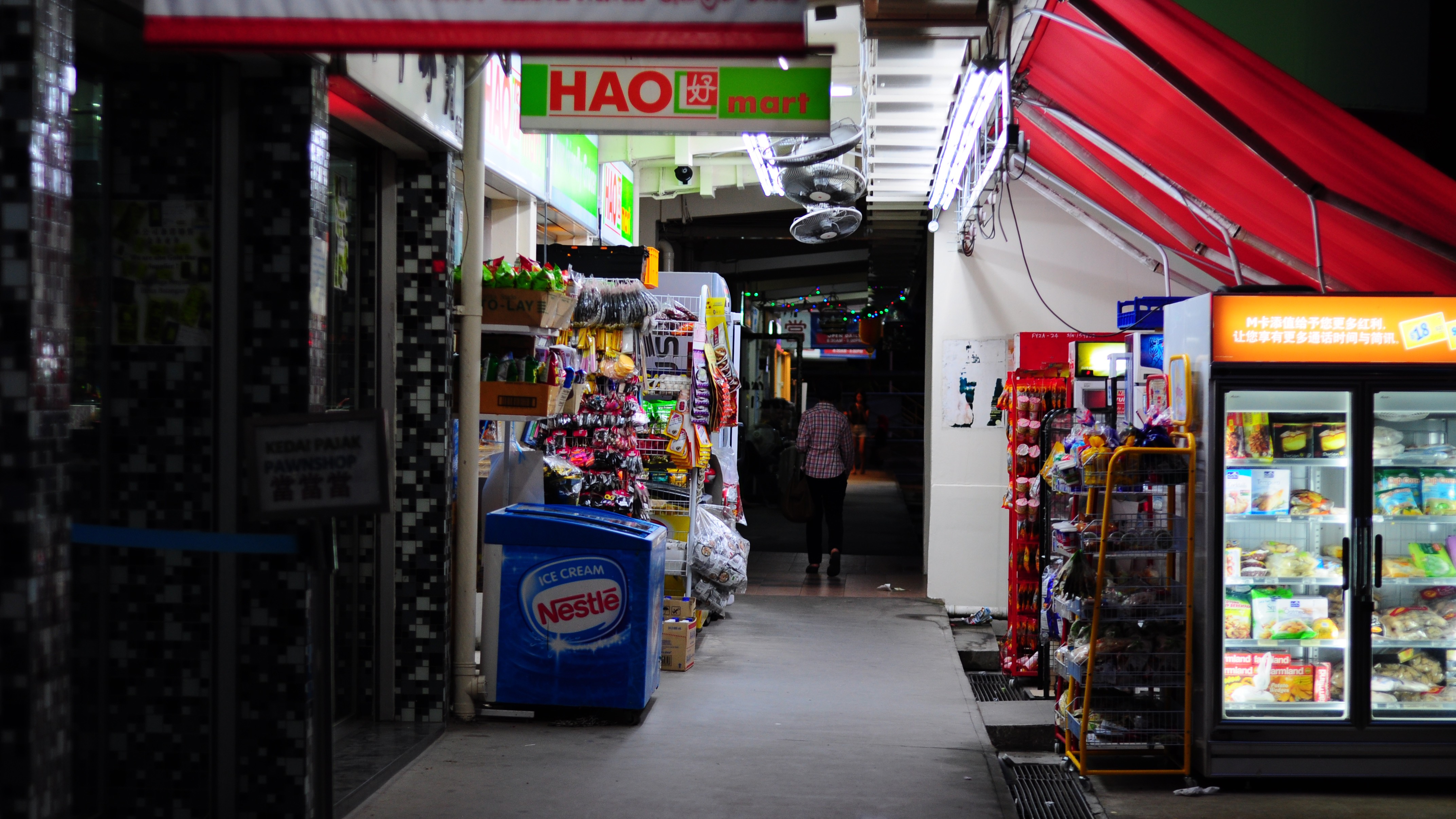


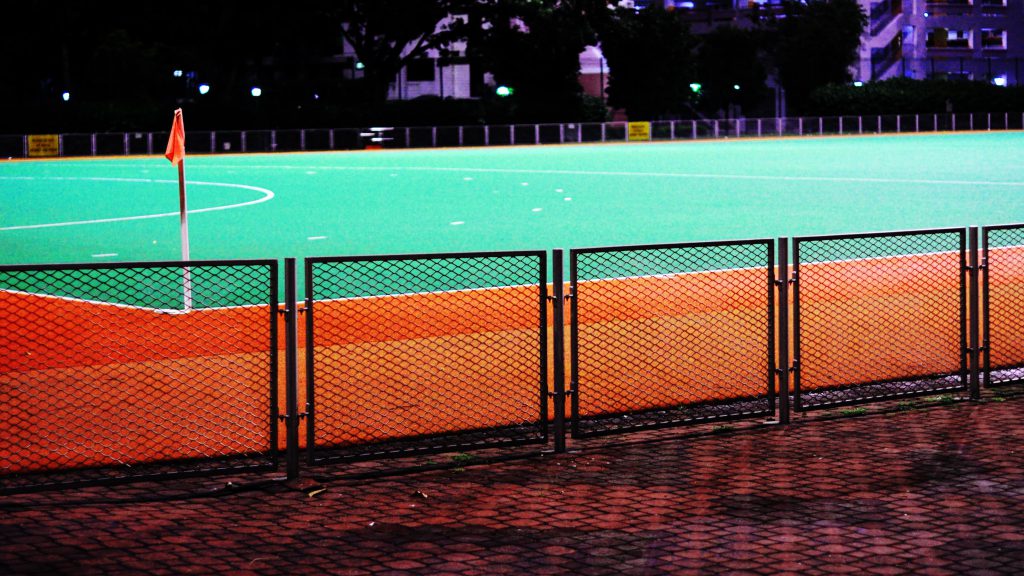














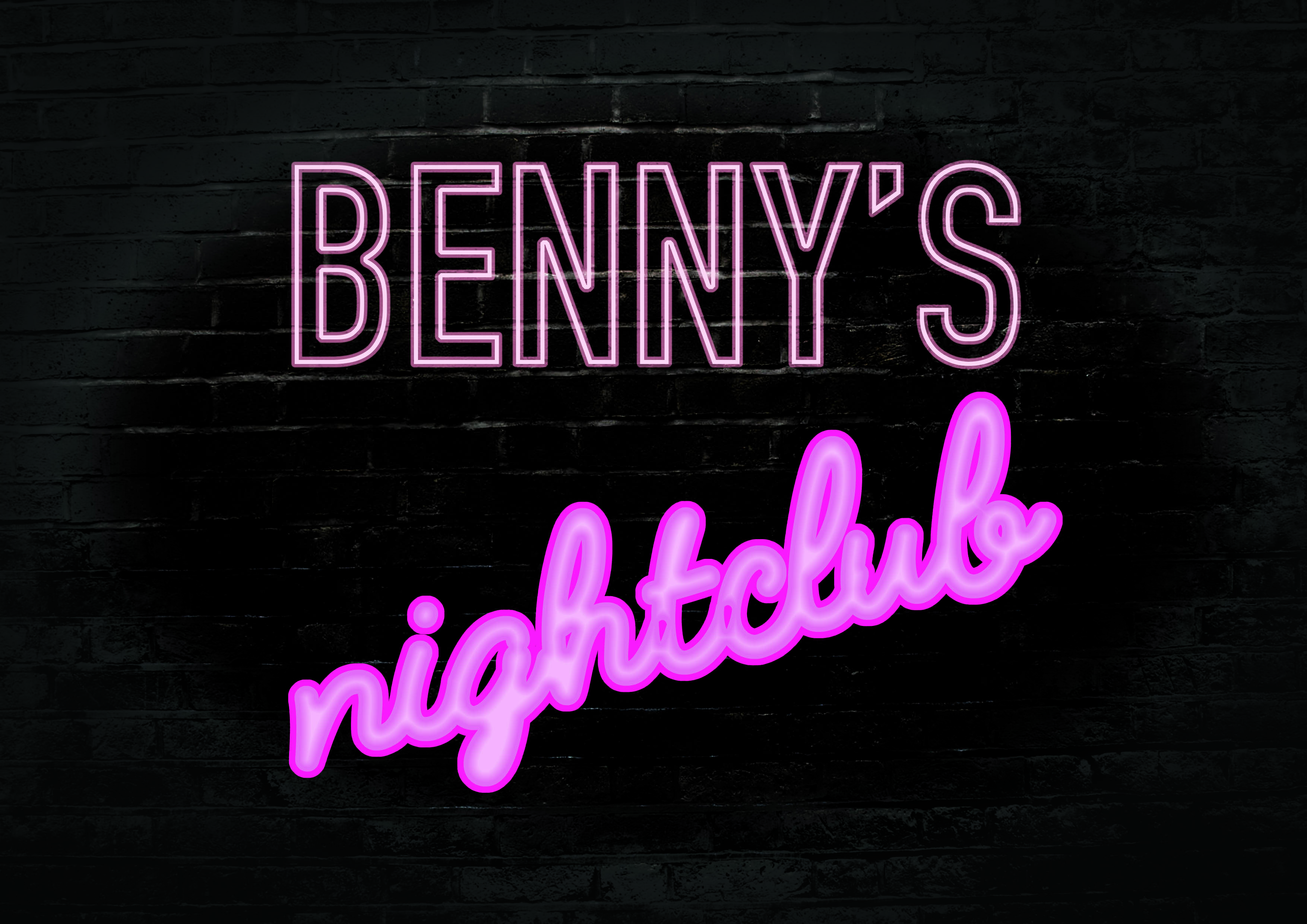
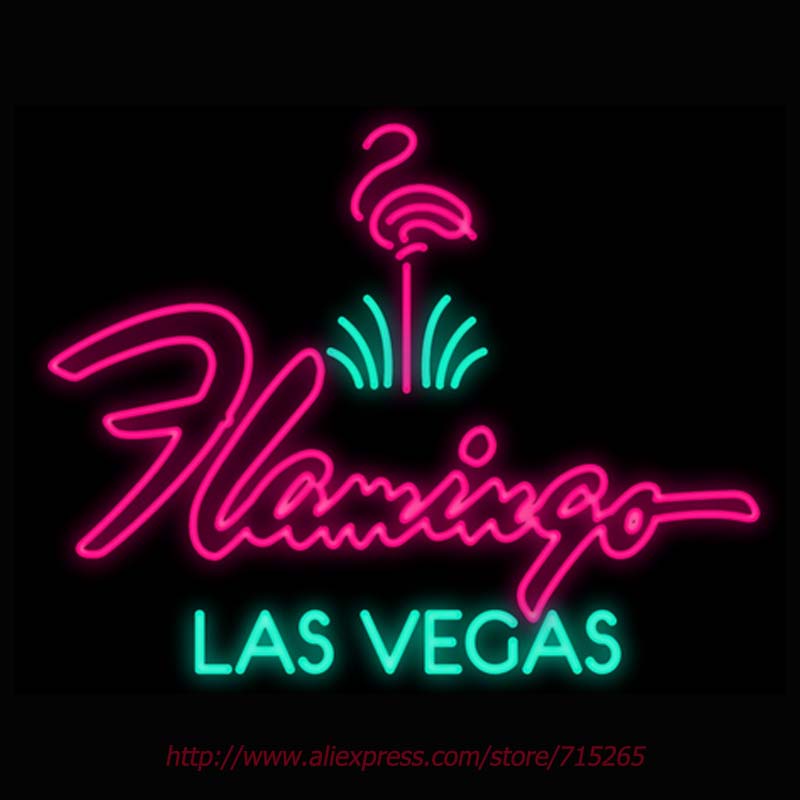
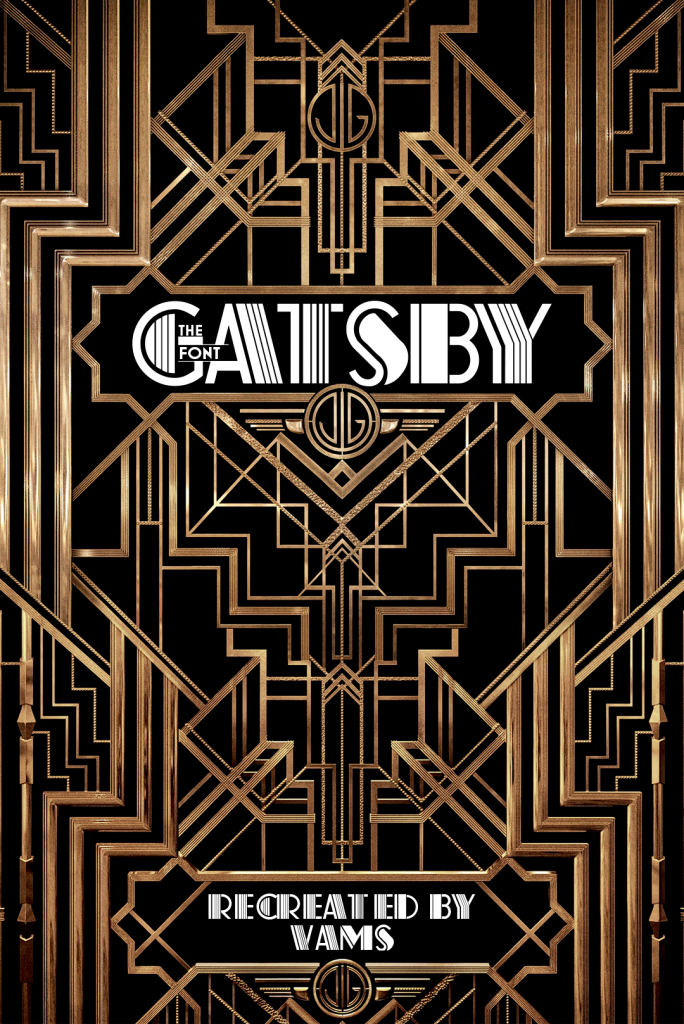

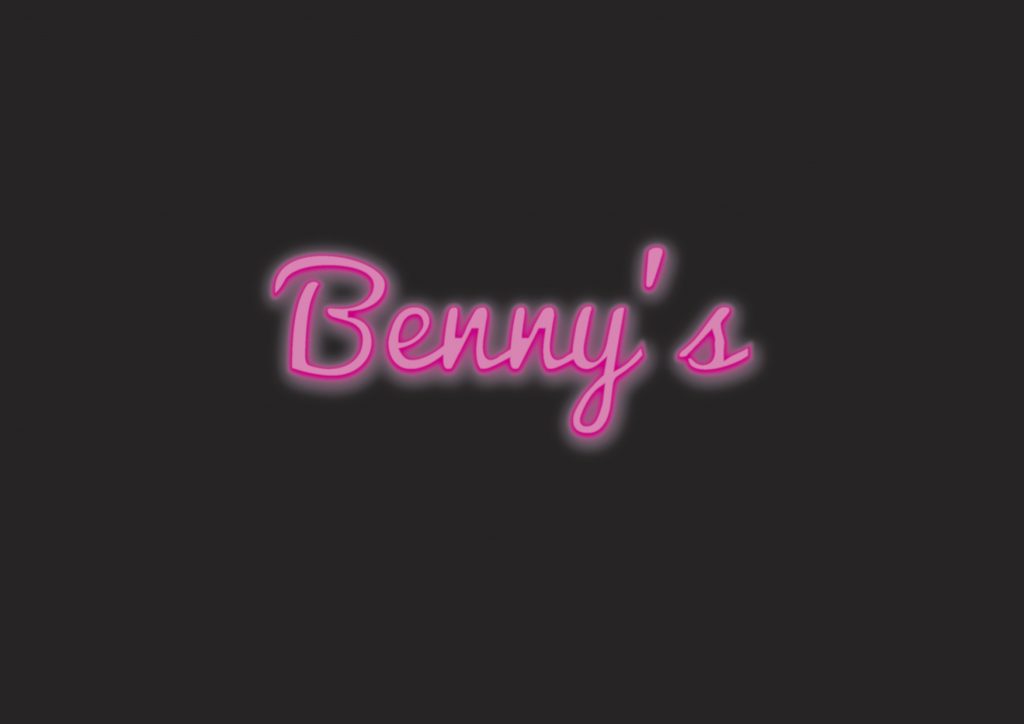

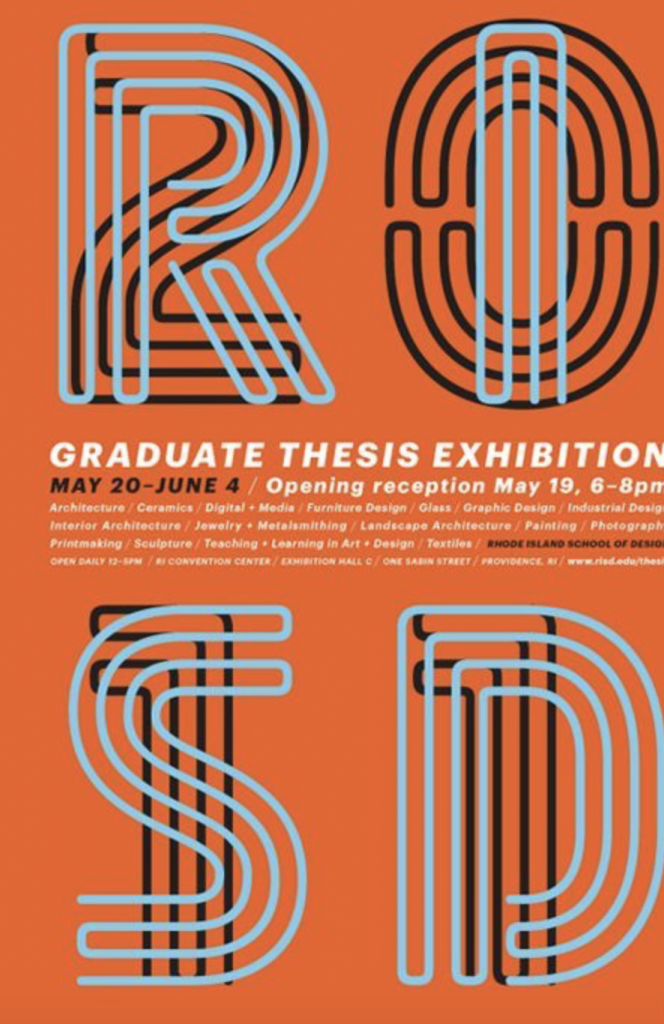
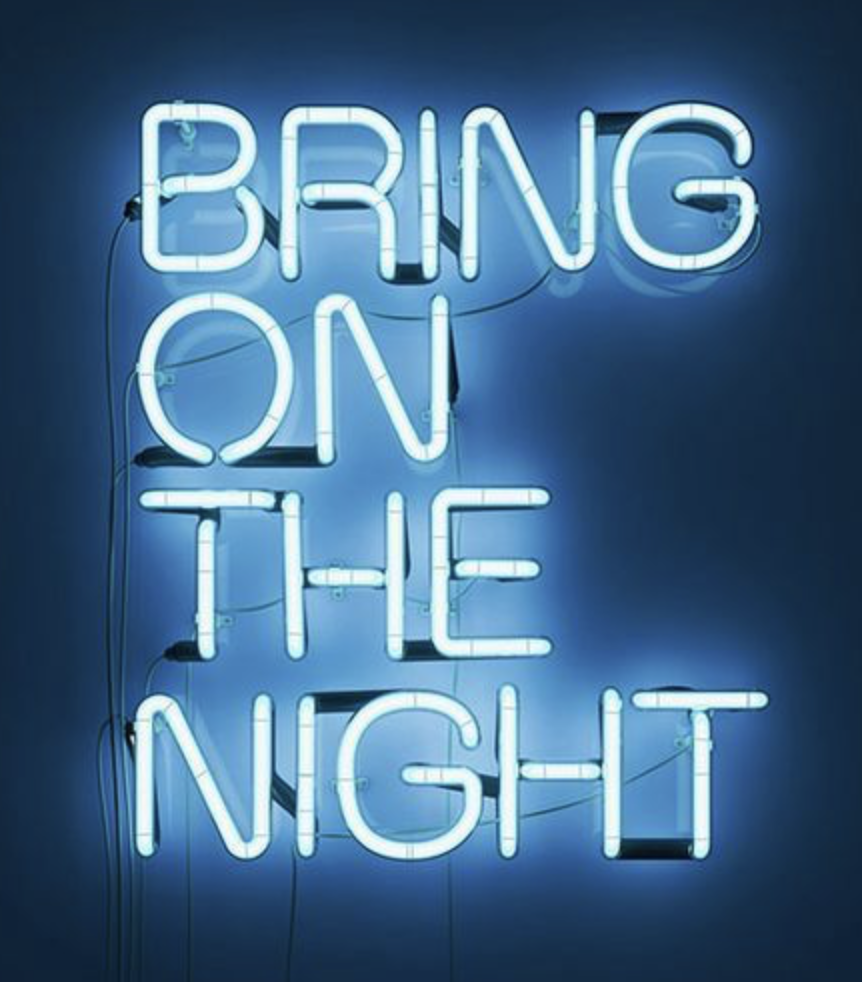
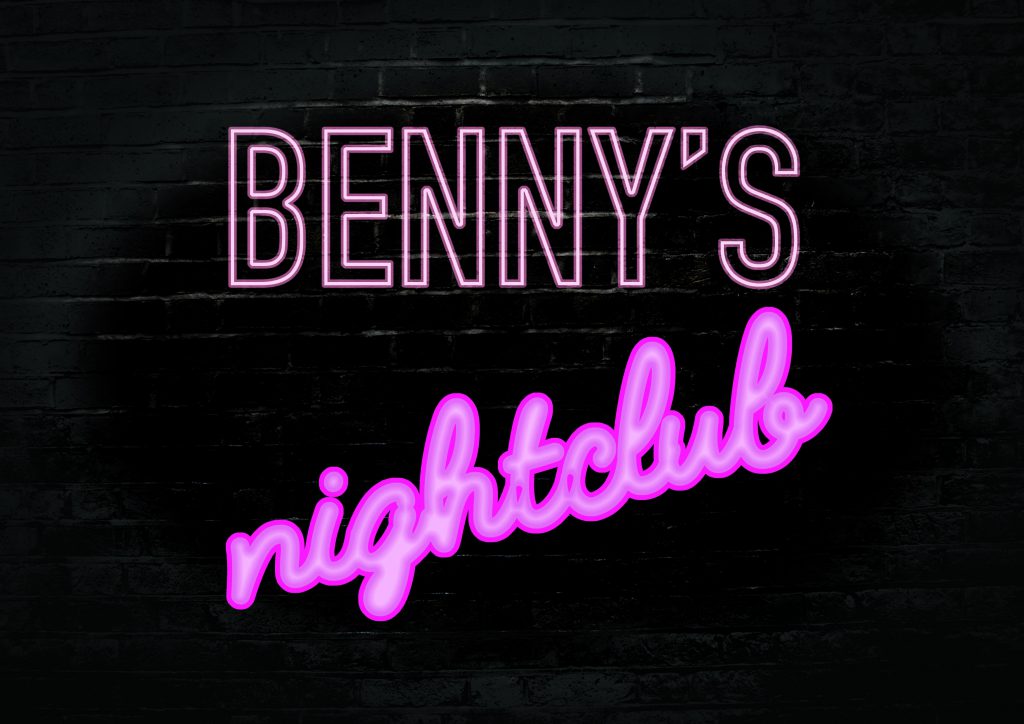
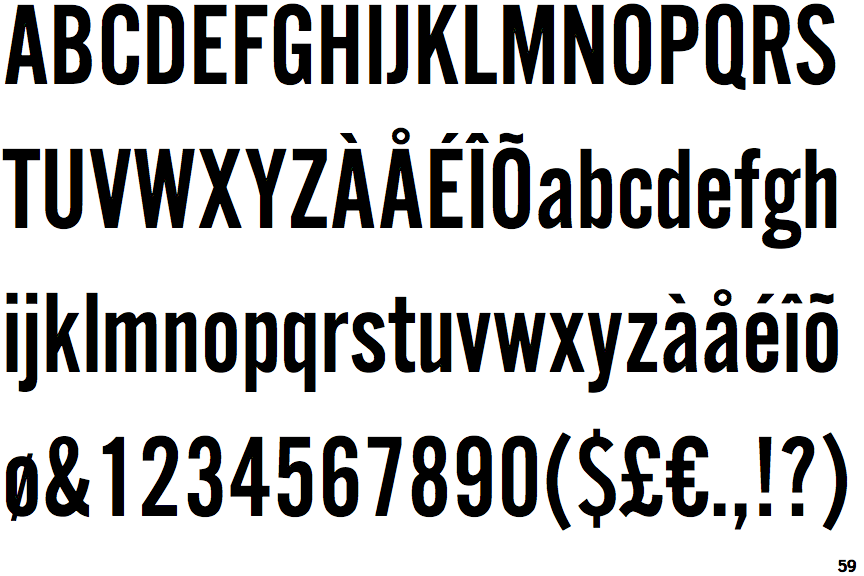
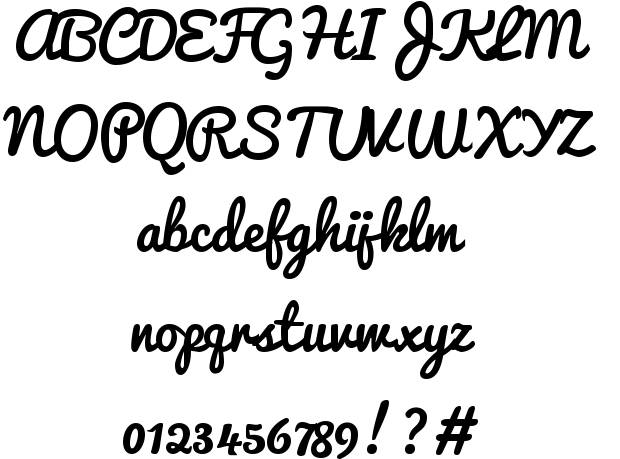
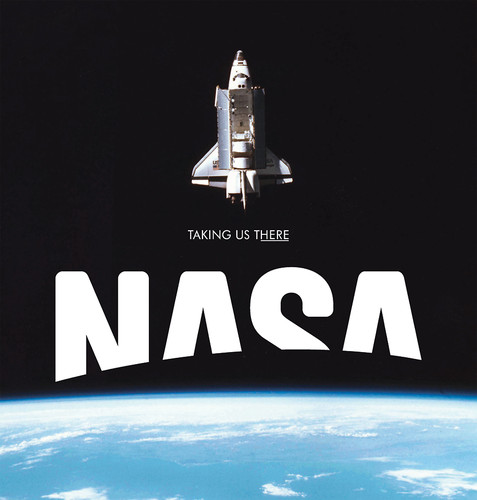
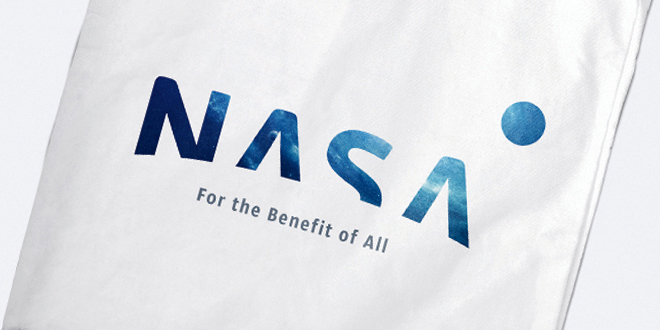
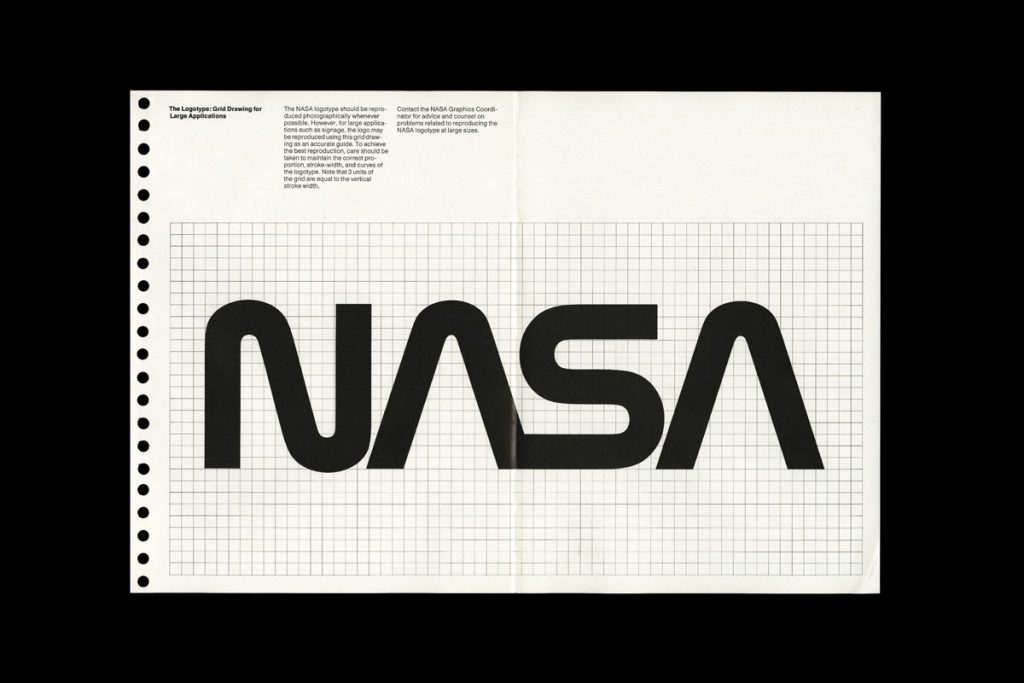
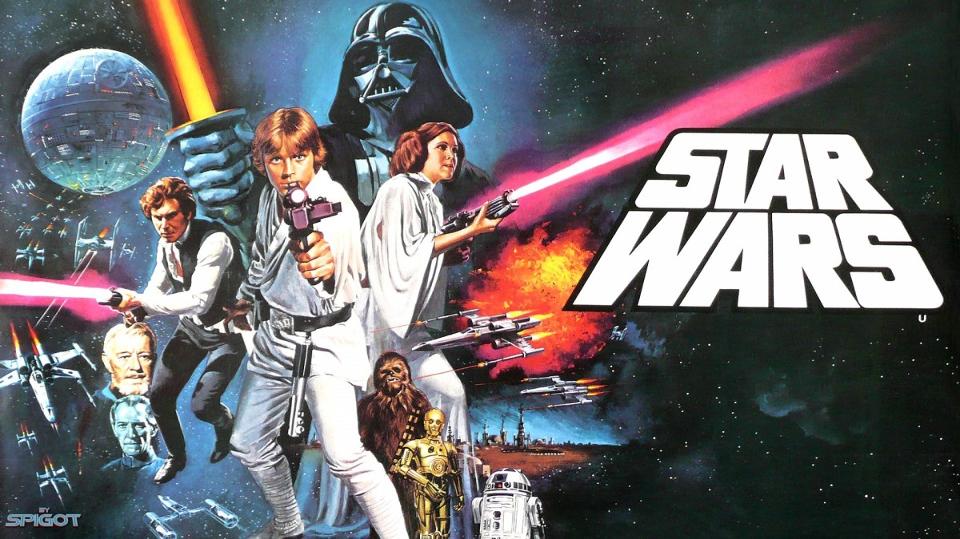
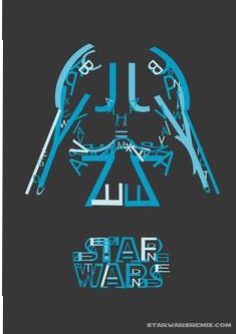
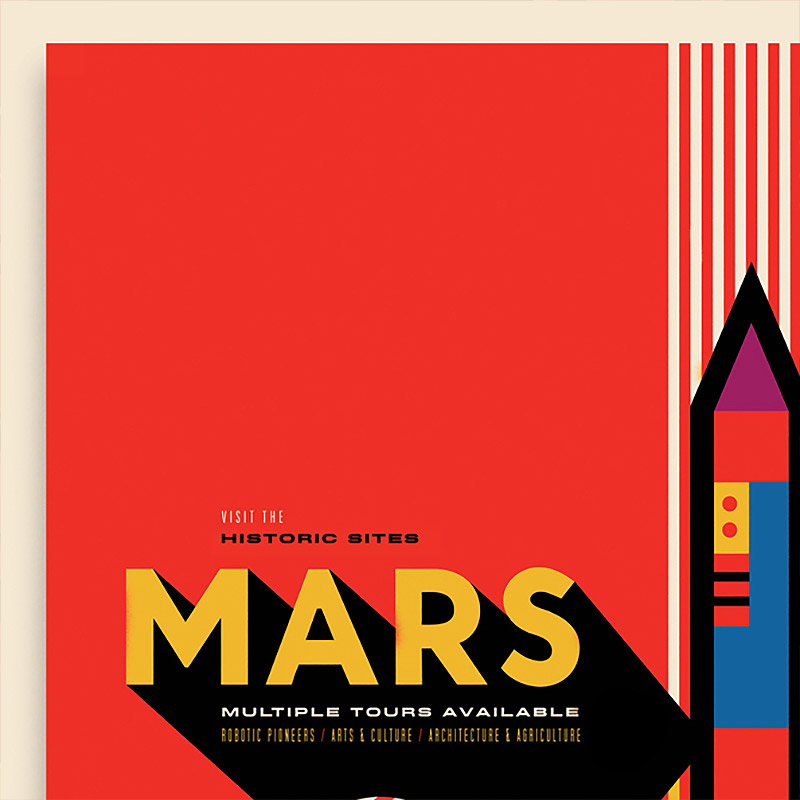
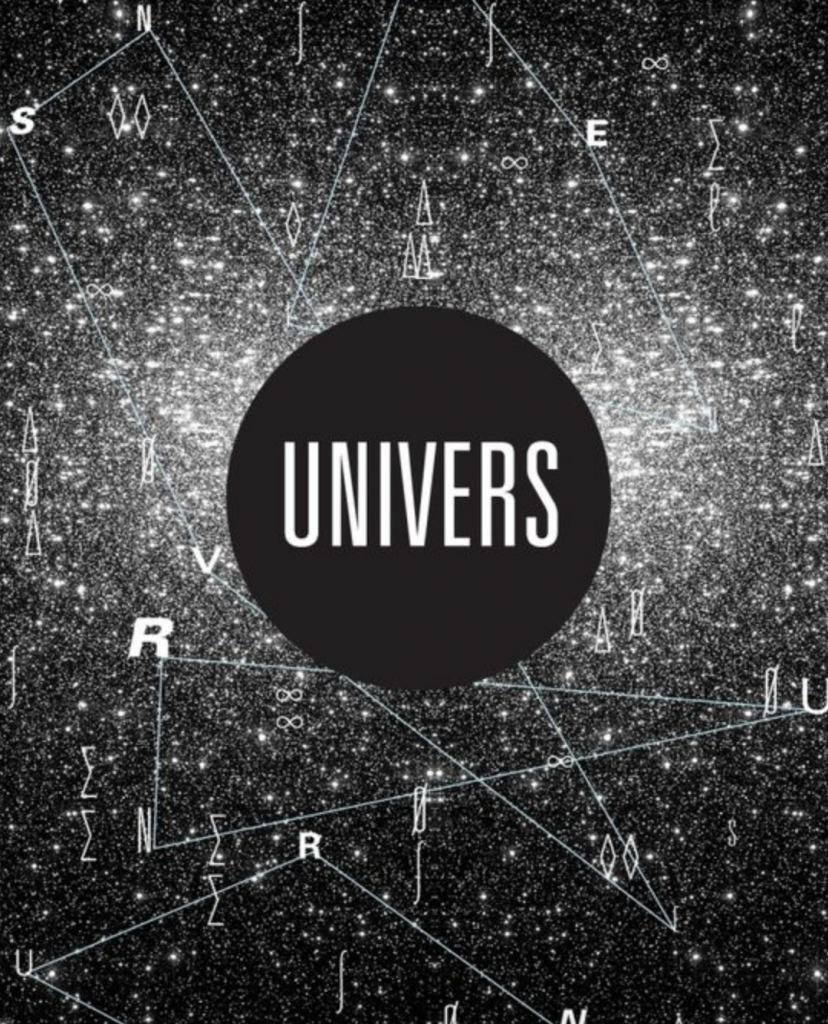
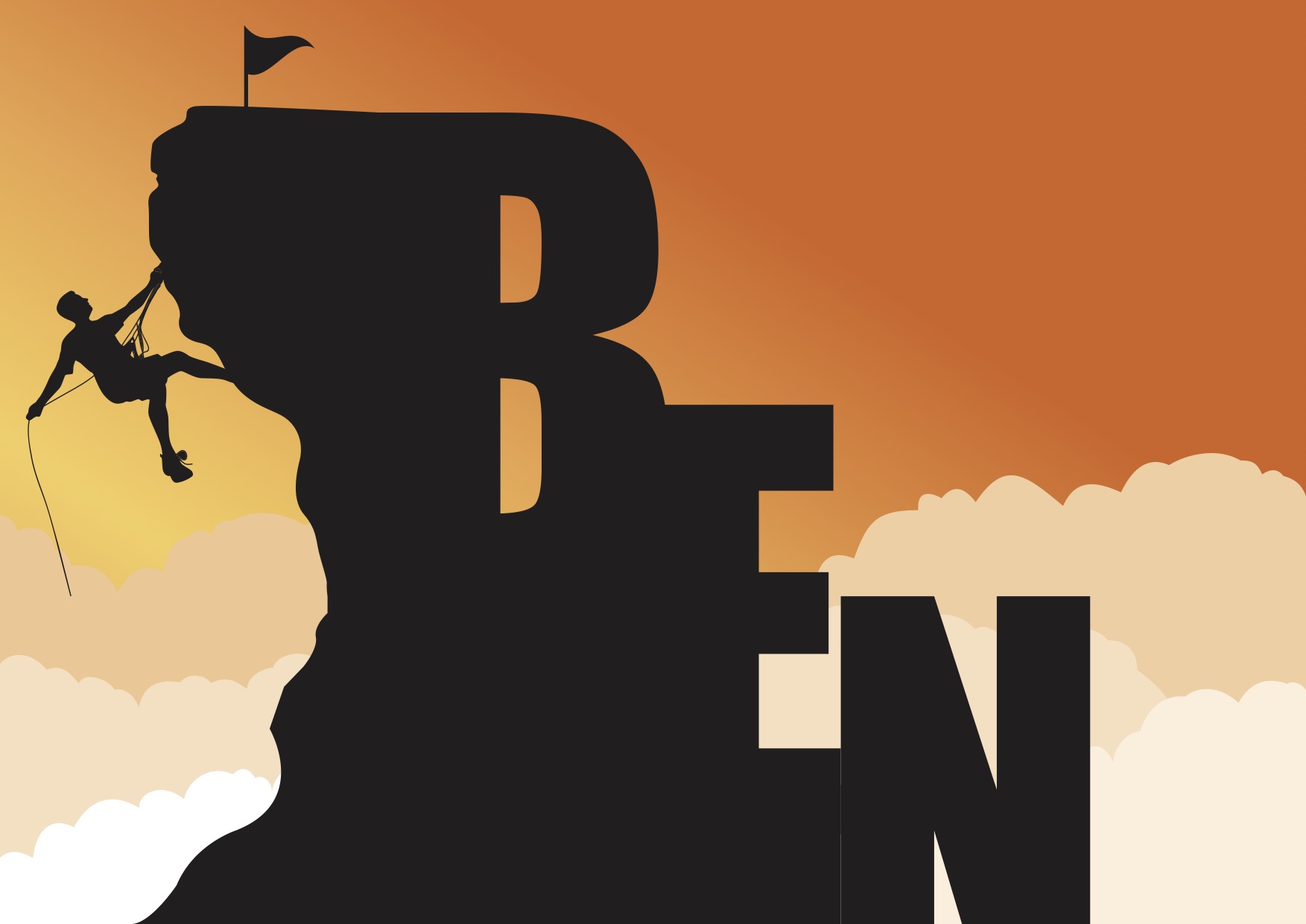
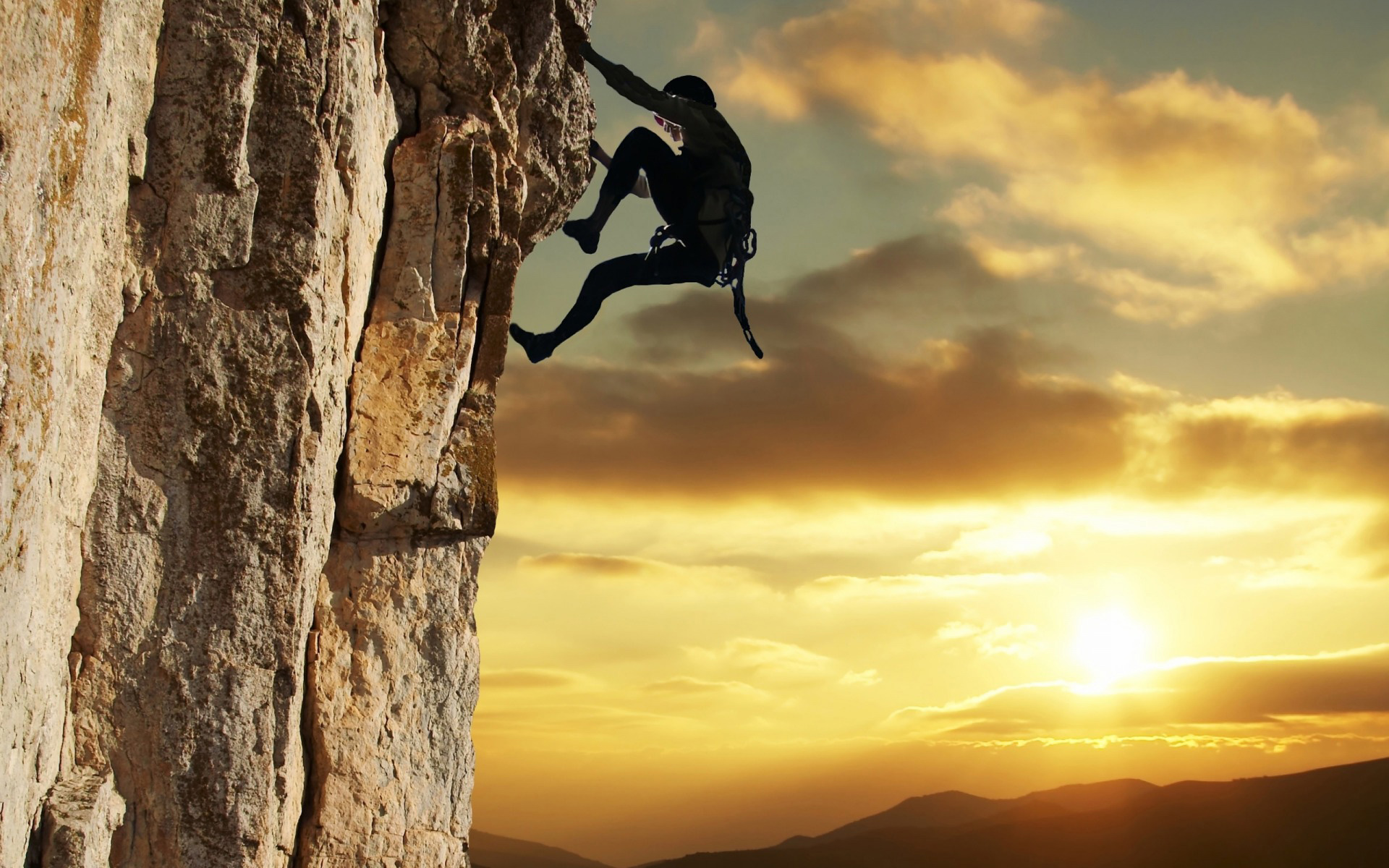


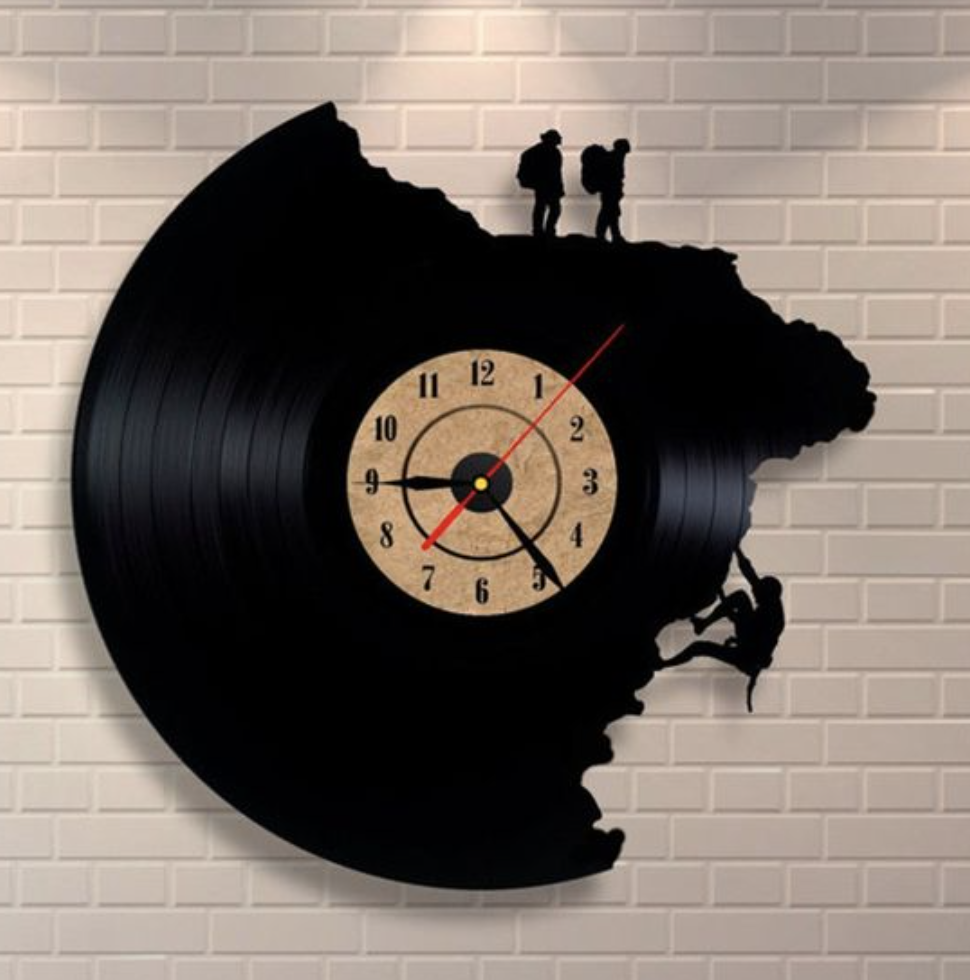

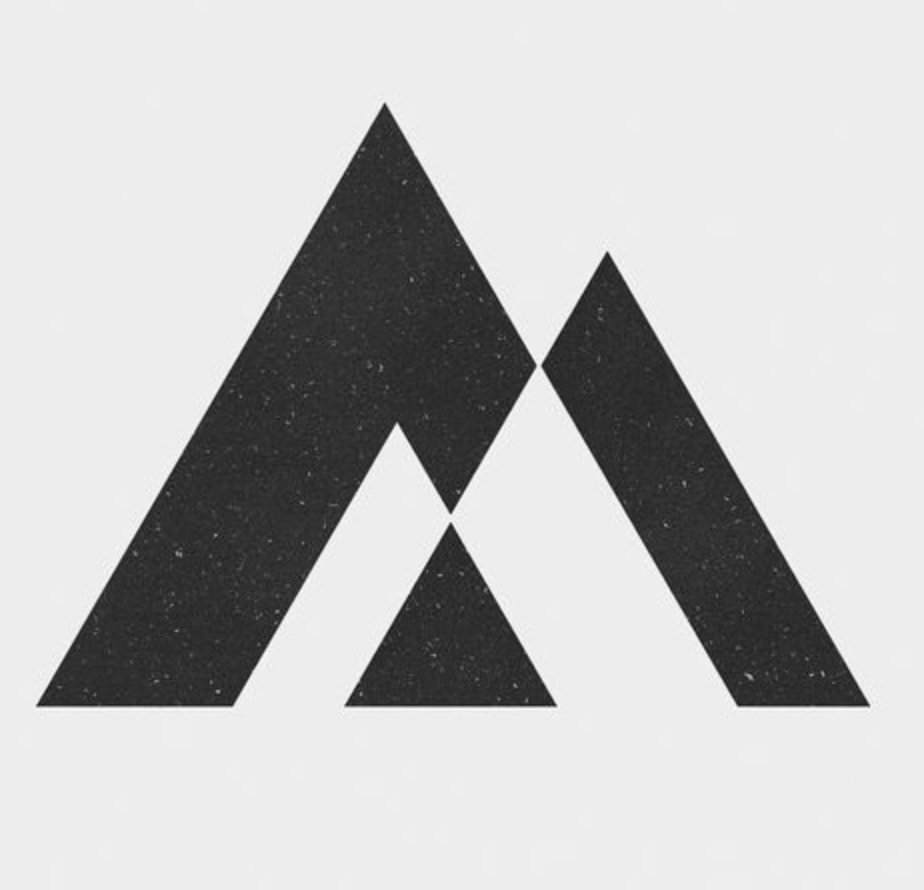
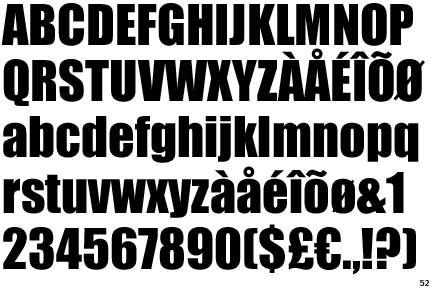
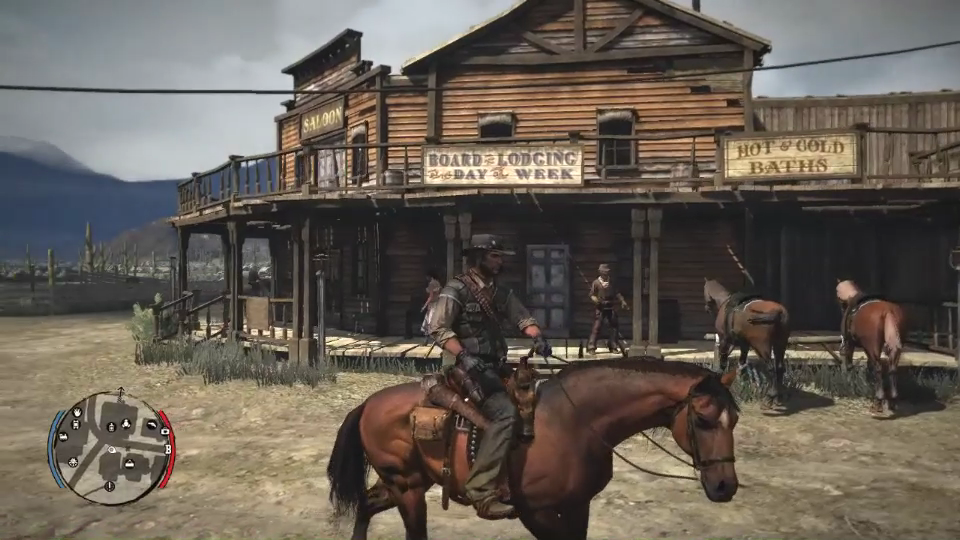
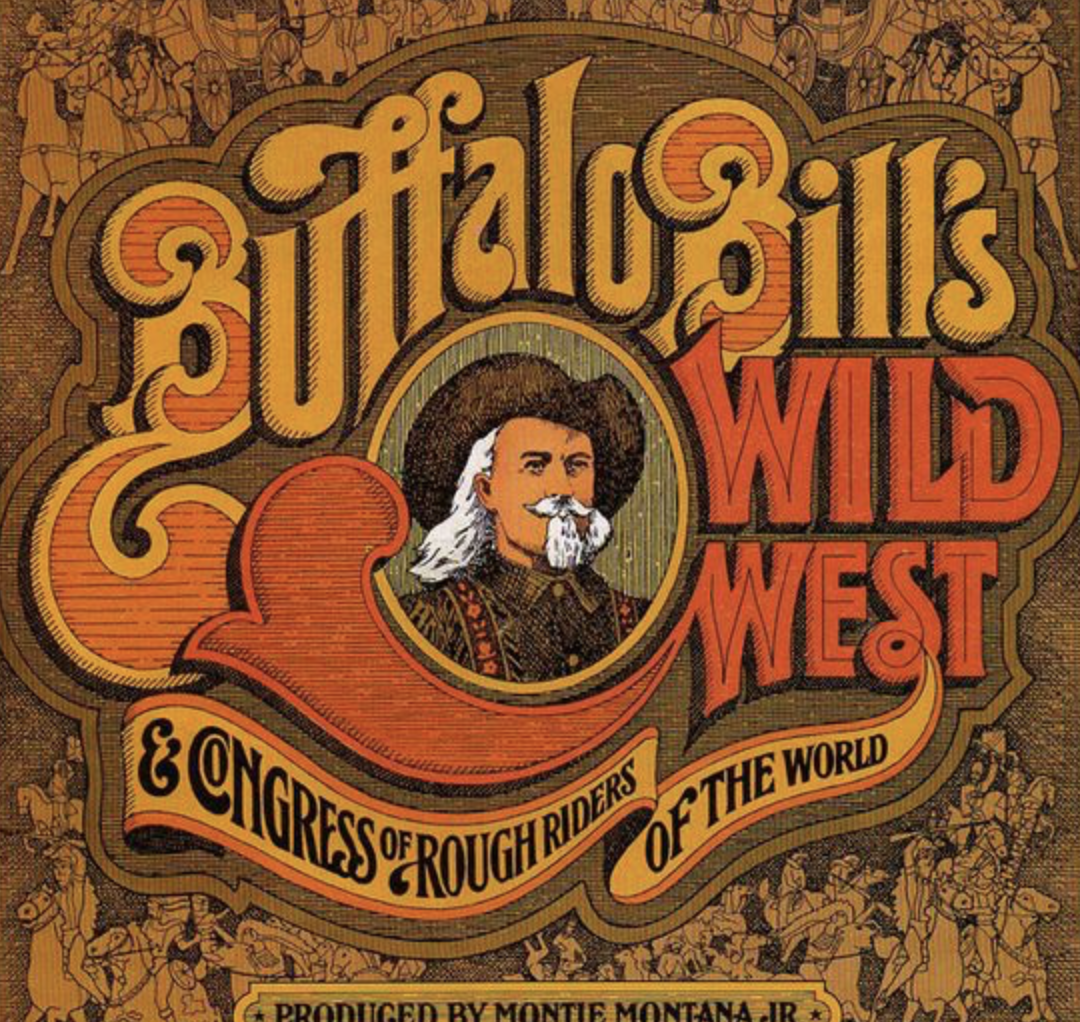
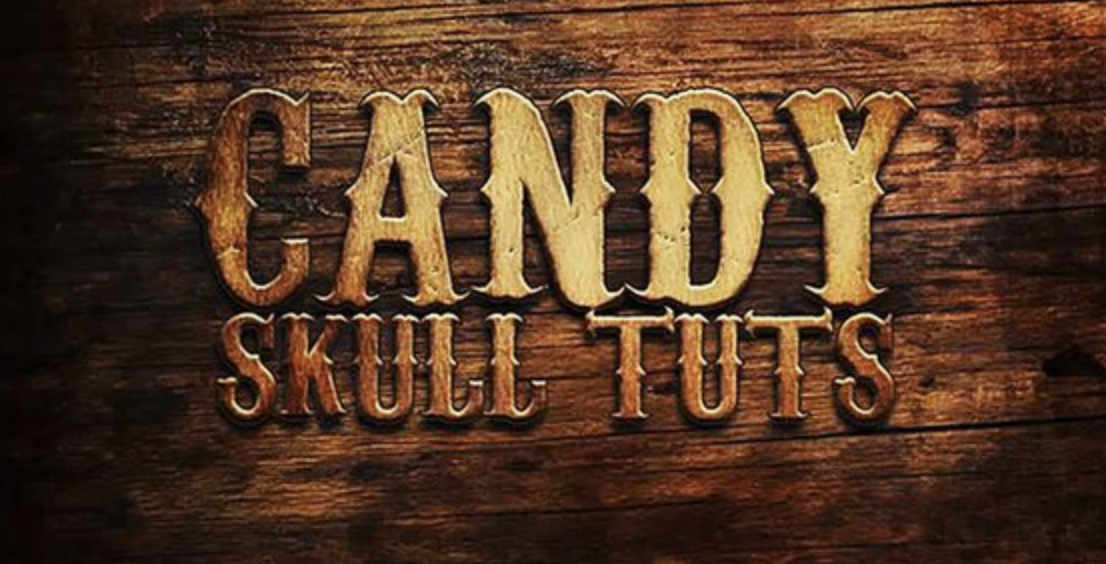
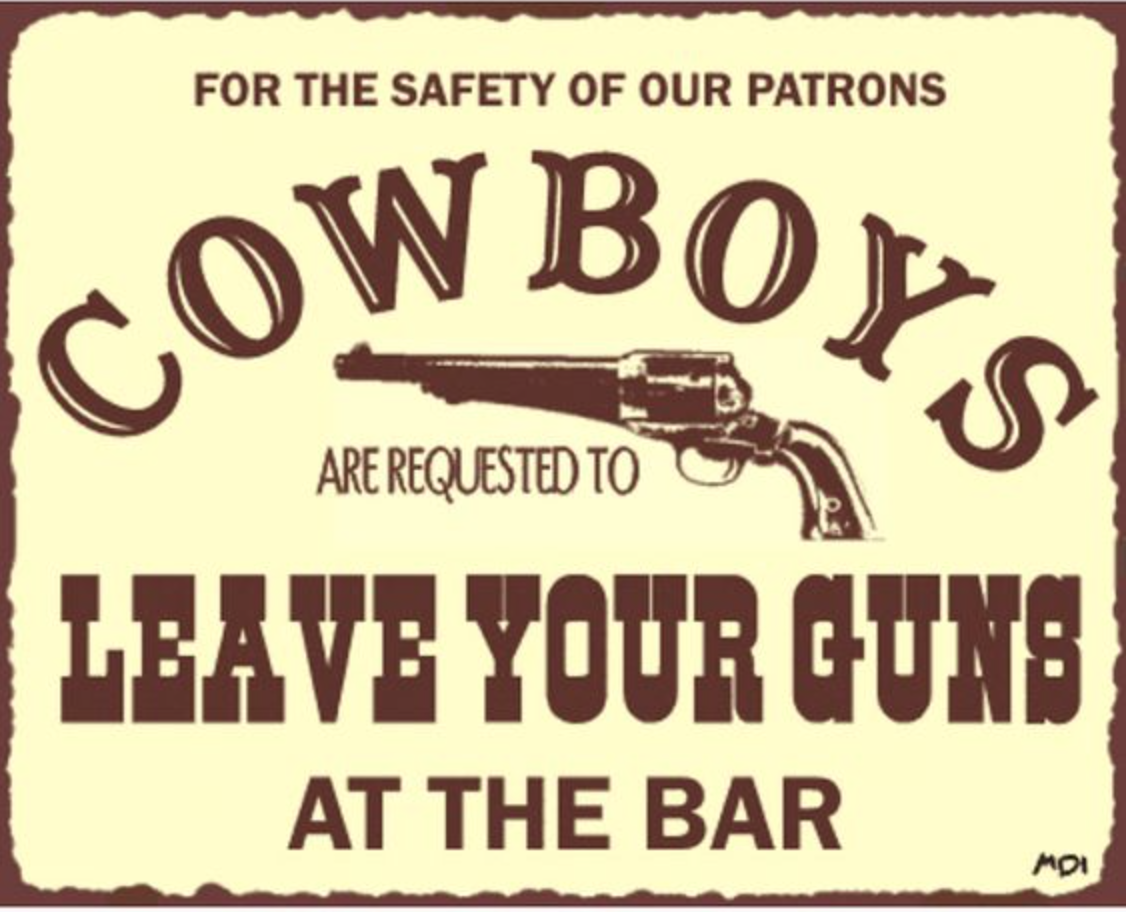
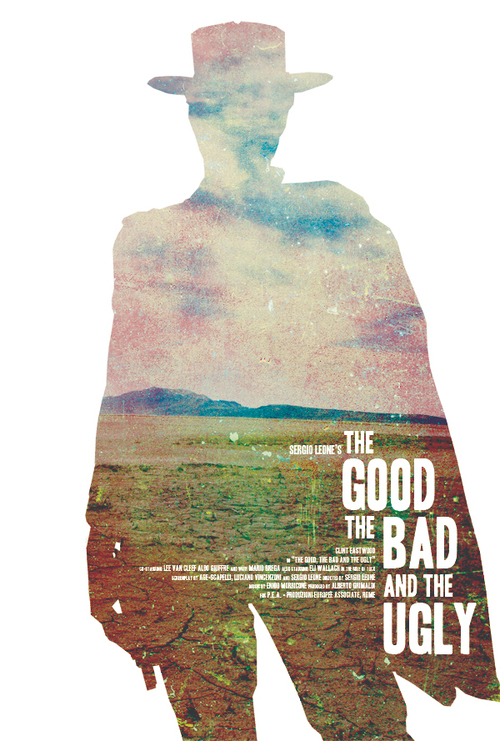
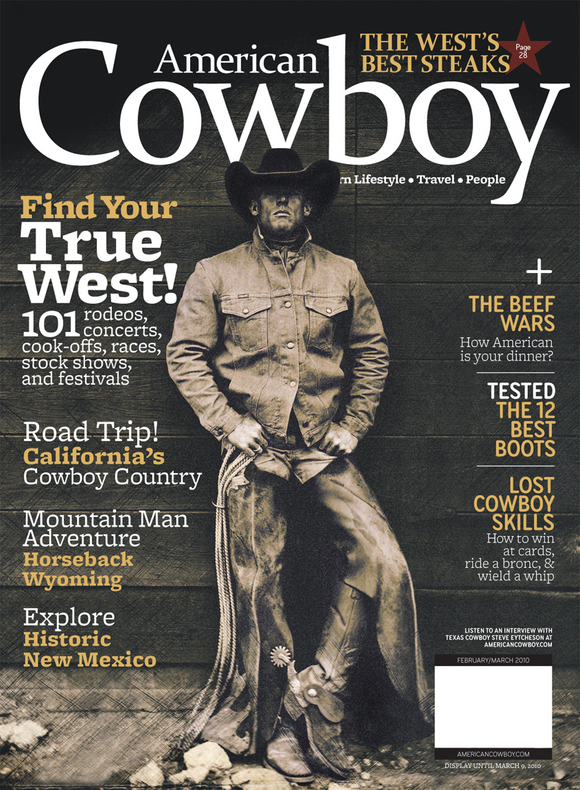
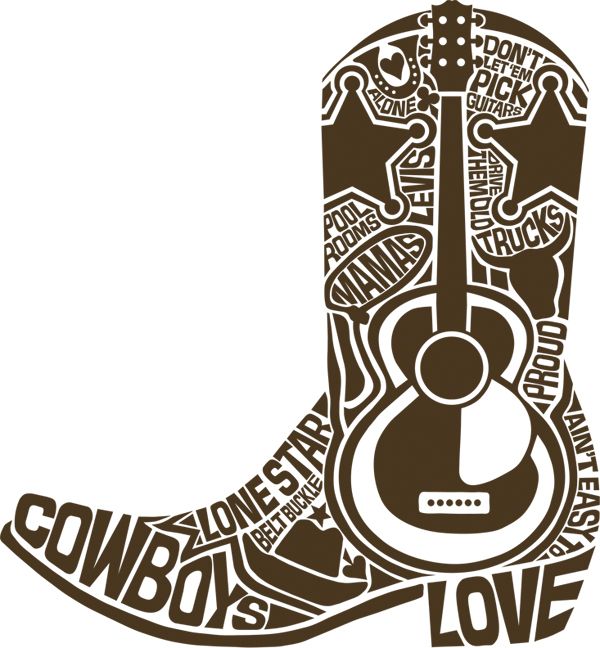
Recent Comments